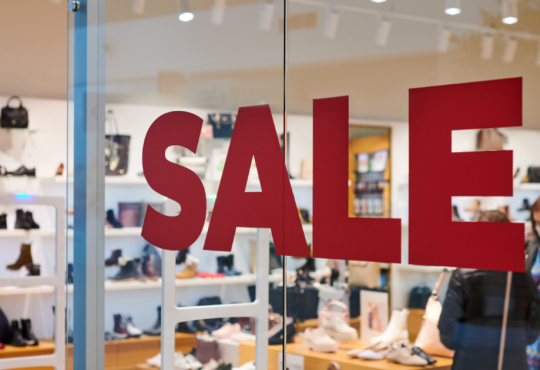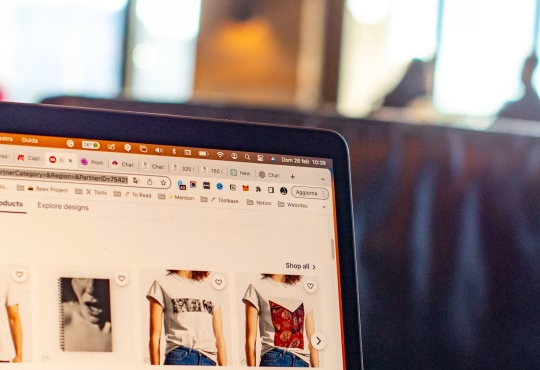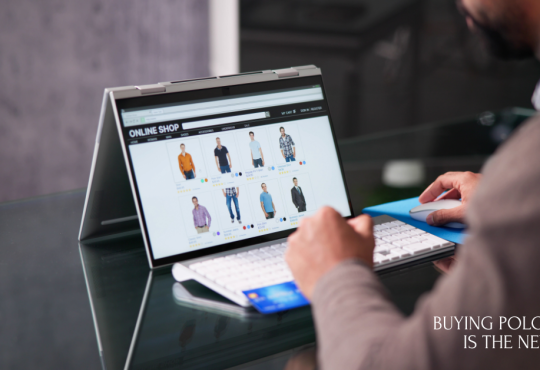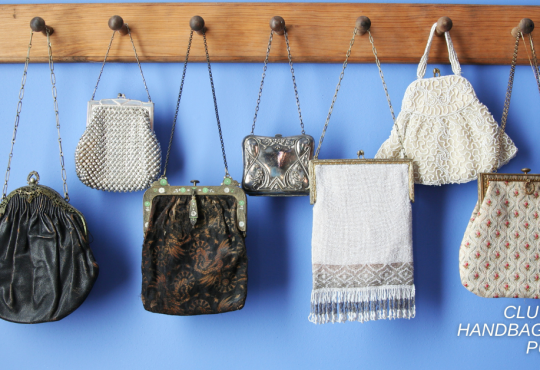Selecting the best shoe for you requires great attention. If your shoes are too tight, too loose, or can’t provide proper support for your feet, you’ll have problems sooner or later. When you buy your shoes, it is crucial that they suit your physical activity to avoid stress on your feet, ankles, lower legs, and other joints. Ill-fitting shoes can contribute to pressure and, later on, pain and injuries you never expected. The best and right shoe must have good cushion, support, feel comfortable, and fit well on both of your feet.
A Well-Known Fact: The Importance of Comfortable Shoes
There is no better feeling than wearing comfortable shoes. Comfortable footwear allows us to enjoy the day’s activities pain-free. Wearing shoes that fit correctly can also prevent potential injuries. Comfort isn’t just a luxury; it is a necessity for maintaining foot health and overall well-being. The right shoes can make the difference between an enjoyable day and one filled with discomfort and potential health issues.
When to Buy New Shoes
Most shoes have a lifespan of approximately 3 to 12 months, depending on how often they are worn and the types of activities they are used for. Factors such as the quality of the materials, the intensity of your physical activity, and your walking or running habits can significantly influence how long your shoes will last. For instance, a pair of running shoes might need replacing sooner if you run several miles a day compared to casual shoes worn for light walking.
Signs That It’s Time to Replace Your Shoes
As you start to wear a shoe, you will begin to notice changes in comfort and support. Worn-out shoes can lead to various physical issues, such as back pain, aching knee joints, or sore feet. It’s crucial to pay attention to the following signs that indicate it’s time to replace your shoes:
- Worn-Out Soles:
- The soles of your shoes are one of the first places to show signs of wear and tear. Look for thinning, uneven wear patterns, or holes. A worn-out sole can compromise the shoe’s ability to absorb shock and provide adequate support.
- Decreased Cushioning:
- Over time, the cushioning in your shoes will compress and lose its effectiveness. If you notice that your shoes no longer feel as comfortable or that you can feel the ground more than you used to, the cushioning has likely broken down.
- Loss of Structural Integrity:
- Check for signs that the shoe has lost its shape, such as a collapsed heel counter or stretched upper material. When a shoe loses its structural integrity, it can no longer offer the necessary support, increasing the risk of injuries.
- Increased Discomfort or Pain:
- If you start experiencing new discomfort or pain in your feet, legs, or back, it might be due to your shoes no longer providing proper support. This can manifest as soreness, aching, or even injuries like shin splints or plantar fasciitis.
- Visible Damage:
- Look for any visible damage, such as fraying, tears, or separation of the sole from the upper part of the shoe. Such damage can indicate that the shoe is no longer capable of supporting your foot adequately.
How to Buy the Best Shoe for You?
Everyone’s feet are unique, and understanding your specific foot type and gait is essential for selecting the perfect shoes. There are several types of feet and walking patterns, and recognizing these can guide you in making the best choice for your footwear.
- Foot Types:
- Neutral Arches: Feet with neutral arches are the most biomechanically efficient. They distribute weight evenly and absorb shock well. For these feet, a variety of shoe types can work, but stability shoes are often recommended to provide the right balance of cushioning and support.
- High Arches: High-arched feet don’t absorb shock as effectively because they do not roll inward much. This type benefits from shoes with excellent cushioning to compensate for the lack of natural shock absorption. Look for shoes with a softer midsole and more flexibility.
- Flat Feet: Flat feet have low or no arches, often leading to overpronation (excessive inward rolling of the foot). Motion control or stability shoes with firm midsoles and supportive features are ideal for providing the needed structure and reducing pronation.
- Gait Patterns:
- Neutral Pronation: This is the natural inward roll of the foot after heel strike, which helps absorb shock. People with neutral pronation usually have a variety of shoe options available, including stability shoes.
- Overpronation: This occurs when the foot rolls inward excessively. It can cause various issues such as shin splints and plantar fasciitis. Motion control shoes or stability shoes with enhanced support features are recommended.
- Underpronation (Supination): This is the insufficient inward roll of the foot, leading to greater impact on the outer edges. Shoes with extra cushioning and flexibility can help absorb shock and provide a smoother stride.
Key Features to Look For in Shoes
The ideal shoes for you are those that offer the correct fit, support, cushioning, and flexibility. Here are key features to consider:
- Correct Fit:
- Shoes should fit snugly without being too tight. There should be enough room to wiggle your toes, and the heel should fit securely without slipping. Ensure there is about a half-inch space between your longest toe and the front of the shoe.
- Support:
- Proper support helps maintain your foot’s natural alignment and prevents excessive motion that can lead to injuries. Look for shoes with a firm heel counter, good arch support, and a stable midsole.
- Cushioning:
- Adequate cushioning absorbs impact and reduces stress on your joints. The type and amount of cushioning you need depend on your foot type and the activity. For high-impact activities like running, opt for shoes with ample cushioning, especially in the heel and forefoot areas.
- Flexibility:
- The shoe should bend and flex in the same way your foot does. Test the shoe by bending it at the ball of the foot; it should provide resistance but not be too stiff. Flexibility is crucial for comfort and natural movement, particularly in walking and running shoes.
Specific Shoe Recommendations
- For Neutral Arches:
- Look for stability shoes with moderate cushioning and support. Brands like Brooks, Asics, and New Balance offer great options for neutral feet.
- For High Arches:
- Choose shoes with extra cushioning to provide shock absorption. Consider models from Saucony, Hoka One One, and Nike, which are known for their cushioned soles.
- For Flat Feet:
- Motion control or stability shoes are ideal to help prevent overpronation. Brands like Brooks, Asics, and Mizuno have excellent motion control shoes that provide the necessary support.
- For Overpronation:
- Stability or motion control shoes with reinforced arch support and a firm midsole are best. Look for options from Brooks, Asics, and New Balance, which specialize in overpronation support.
- For Underpronation (Supination):
- Seek shoes with enhanced cushioning and flexibility to help with shock absorption. Consider models from Saucony, Hoka One One, and Nike.
Final Tips for Choosing the Right Shoes
- Get Professionally Fitted: Visit a specialty store where a professional can analyze your gait and recommend the best shoes for your foot type and activity.
- Test Different Models: Don’t hesitate to try on multiple pairs and walk or run in them to see which feels the best. Comfort is subjective, and what works for someone else might not work for you.
- Consider Your Activity: Different activities require different types of shoes. Running shoes differ from walking shoes or cross-trainers, so choose based on your primary use.
- Read Reviews: Look for reviews from other customers with similar foot types or needs to get insights on specific models that might work for you.
Helpful Shoe Buying Tips
Shop Late in the Day
Feet tend to swell as the day progresses, which can affect the fit of your shoes. Shoes bought in the morning might feel tight by the afternoon. To ensure a proper fit throughout the day, it’s best to shop for shoes later in the day when your feet are at their largest. This way, you can avoid discomfort and potential fit issues that might arise from buying shoes that are too tight.
Focus on Health and Comfort
Your foot size changes yearly, so always measure your foot first. Foot size can fluctuate due to various factors such as weight changes, aging, and health conditions. Measuring your feet annually helps you stay updated on your correct size, providing a baseline when considering different styles of shoes. Here are a few key points to consider:
- Use a Brannock Device: This tool measures the length, width, and arch length of your feet. It’s commonly found in shoe stores and provides an accurate measurement.
- Consider Foot Shape: Choose shoes shaped like your foot. Some feet are wider or narrower, and wearing shoes that match your foot shape can prevent discomfort and blisters.
- Account for Orthotics: If you wear orthotic inserts, bring them with you when shoe shopping. Ensure the shoes you select can accommodate them without feeling too tight.
Check the Sole’s Feel
The sole of a shoe plays a critical role in providing support and cushioning. When evaluating the sole, consider the following aspects:
- Soft and Supportive Cushioning: The sole should offer a balance between softness and support. Soft cushioning helps absorb impact, reducing stress on your feet and joints. Supportive cushioning ensures your feet are well-supported, preventing overpronation or underpronation.
- Flexibility and Arch Support: Test the shoe’s flexibility by bending it at the ball of the foot. It should bend easily but still provide some resistance. Additionally, check for adequate arch support, especially if you have high arches, as they often need extra support to prevent discomfort and injuries.
Test the Shoes by Walking
Before making a purchase, it’s essential to test the shoes by walking in them. Here’s what to look for during your walk:
- Proper Fit and Stability: Stand up and take a quick walk to get a feel for the shoes. Your feet shouldn’t slide around inside, and the shoes should feel stable and secure. Pay attention to how the heel fits; it should be snug without slipping.
- Toe Space: Ensure there is little space beyond the largest toe, ideally no more than 1/2 inch. This space allows for natural foot movement and prevents your toes from hitting the front of the shoe, which can cause discomfort or injury.
- Overall Comfort: The shoes should feel comfortable immediately. If they pinch, rub, or cause any discomfort during your test walk, they are likely not the right fit. You shouldn’t have to “break in” shoes; they should feel good from the start.
Additional Tips for a Successful Shoe Purchase
- Consider the Activity: Different activities require different types of shoes. For example, running shoes are designed for forward motion and shock absorption, while cross-trainers offer lateral support for side-to-side movements. Ensure you’re choosing shoes suited to your primary activity.
- Bring Your Socks: Wear the type of socks you plan to use with the shoes. This helps ensure a proper fit and prevents any surprises when you wear the shoes with your usual socks.
- Don’t Rush: Take your time when trying on shoes. Walk around the store, test different pairs, and compare how they feel. Rushing the process can lead to poor choices and discomfort later.
- Check the Return Policy: Ensure the store has a good return policy. Sometimes it’s difficult to fully assess the fit and comfort of shoes until you’ve worn them for a few hours. A flexible return policy allows you to return or exchange shoes if they don’t work out.
Final Thoughts
Choosing the best shoe for you is essential for your comfort and health. A good pair of shoes can prevent injuries, alleviate pain, and provide the support your feet need. Always prioritize fit and comfort over style to ensure your feet stay healthy and happy. Remember, you should never have to “break in” a pair of shoes. If they aren’t comfortable from the start, they’re not the right shoes for you.
Guess: a global lifestyle brand beyond clothing

Guess Inc., stylized as GUESS or Guess?, is an American clothing company known for its iconic black-and-white advertisements. Founded in 1981 by the Marciano brothers—Georges, Maurice, Armand, and Paul—Guess initially started as a book of styles. The brothers transitioned to selling jeans made from light, form-fitting denim with ankle zippers. Over time, it expanded its offerings to include licensed products such as handbags, watches, eyewear, and fragrances. Visit the Guess website for the latest products and special discounts today!





